In a major milestone for computing, Oak Ridge National Laboratory today announced that Frontier has achieved 1.1 exaFLOPS. https://www.futuretimeline.net/blog/2022/05/30-bird-extincti…e-2027.htm
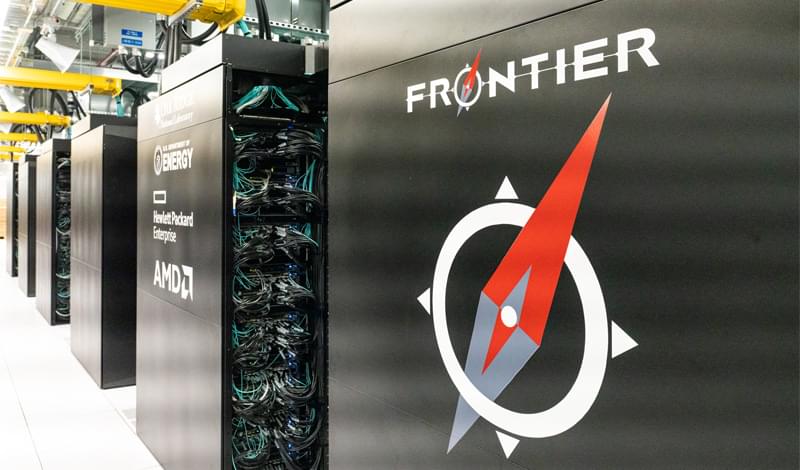

In a major milestone for computing, Oak Ridge National Laboratory today announced that Frontier has achieved 1.1 exaFLOPS. https://www.futuretimeline.net/blog/2022/05/30-bird-extincti…e-2027.htm
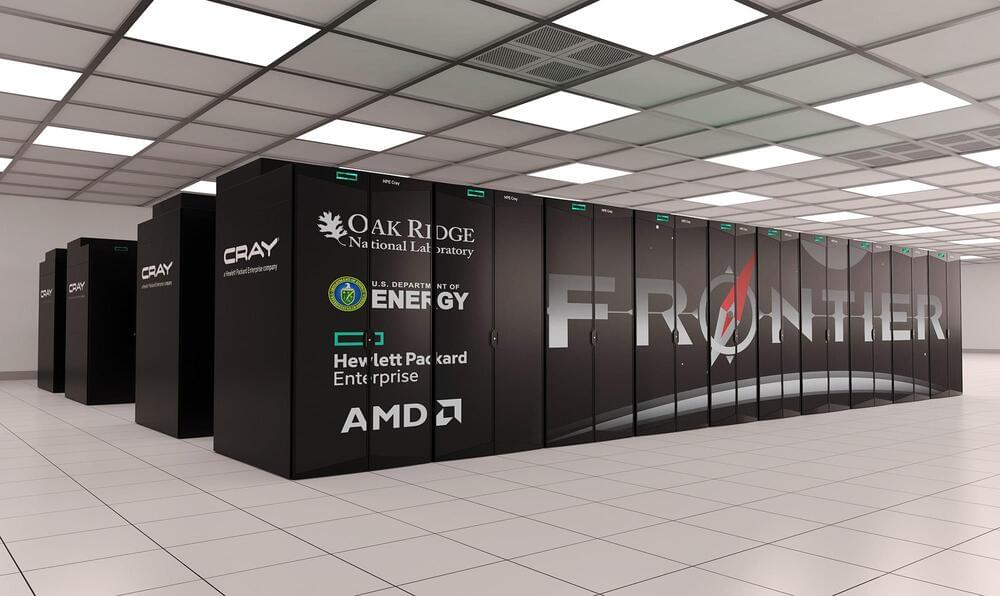
ORNL’s Frontier HPE Cray EX with AMD CPUs is the ‘first true exascale machine.’
The United States is on top of the supercomputing world in the Top500 ranking of the most powerful systems. The Frontier system from Oak Ridge National Laboratory (ORNL) running on AMD EPYC CPUs took first place from last year’s champ, Japan’s ARM A64X Fugaku system. It’s still in the integration and testing process at the ORNL in Tennessee, but will eventually be operated by the US Air Force and US Department of Energy.
Frontier, powered by Hewlett Packard Enterprise’s (HPE) Cray EX platform, was the top machine by a wide margin, too. It’s the first (known) true exascale system, hitting a peak 1.1 exaflops on the Linmark benchmark. Fugaku, meanwhile, managed less than half that at 442 petaflops, which was still enough to keep it in first place for the previous two years.
Frontier was also the most efficient supercomputer, too. Running at just 52.23 gigaflops per watt, it beat out Japan’s MN-3 system to grab first place on the Green500 list. “The fact that the world’s fastest machine is also the most energy efficient is just simply amazing,” ORNL lab director Thomas Zacharia said at a press conference.
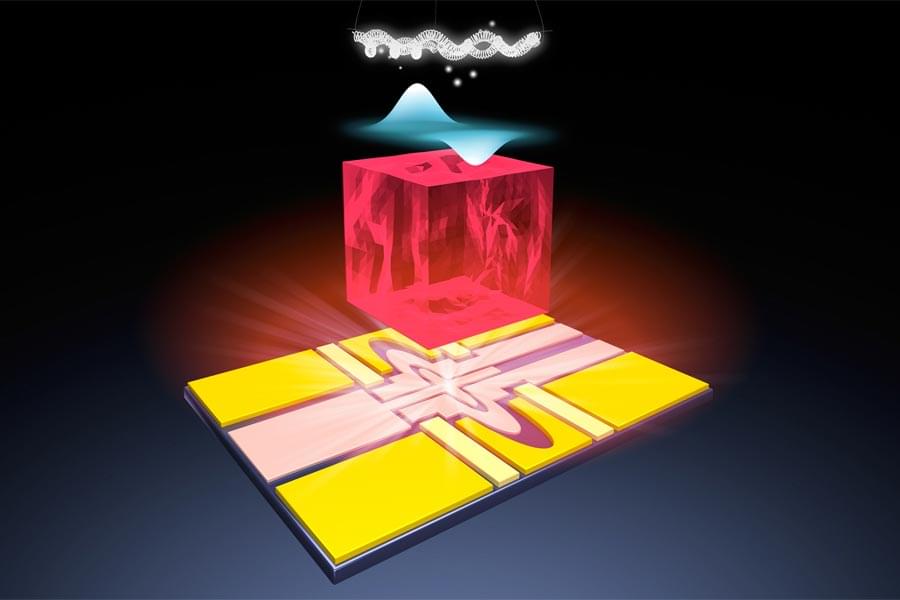
The digital device you are using to view this article is no doubt using the bit, which can either be 0 or 1, as its basic unit of information. However, scientists around the world are racing to develop a new kind of computer based on the use of quantum bits, or qubits, which can simultaneously be 0 and 1 and could one day solve complex problems beyond any classical supercomputers.
A research team led by scientists at the U.S. Department of Energy’s (DOE) Argonne National Laboratory, in close collaboration with FAMU-FSU College of Engineering Associate Professor of Mechanical Engineering Wei Guo, has announced the creation of a new qubit platform that shows great promise to be developed into future quantum computers. Their work is published in the journal Nature.
“Quantum computers could be a revolutionary tool for performing calculations that are practically impossible for classical computers, but there is still work to do to make them reality,” said Guo, a paper co-author. “With this research, we think we have a breakthrough that goes a long way toward making qubits that help realize this technology’s potential.”

Over the years, supercomputers have played a pivotal role in pushing the frontiers of science. Earlier this year, Meta launched one of the fastest AI supercomputers, the AI Research SuperCluster (RSC), to build sophisticated AI models that can learn from trillions of examples; navigate hundreds of different languages; seamlessly analyse text, images, and video together; build AR tools etc.
However, the quest for something even faster than supercomputers led to the development of quantum computers. Last year, the University of Science and Technology of China (USTC) introduced the world’s fastest programmable superconducting quantum computer; Zuchongzhi 2.1 is a million times faster than a conventional computer.
At last year’s I/O conference, Google unveiled a Quantum AI campus in Santa Barbara, California, complete with a quantum data centre, quantum hardware research labs, and quantum processor chip fab facilities. The tech giant plans to build a useful, error-corrected quantum computer within a decade.
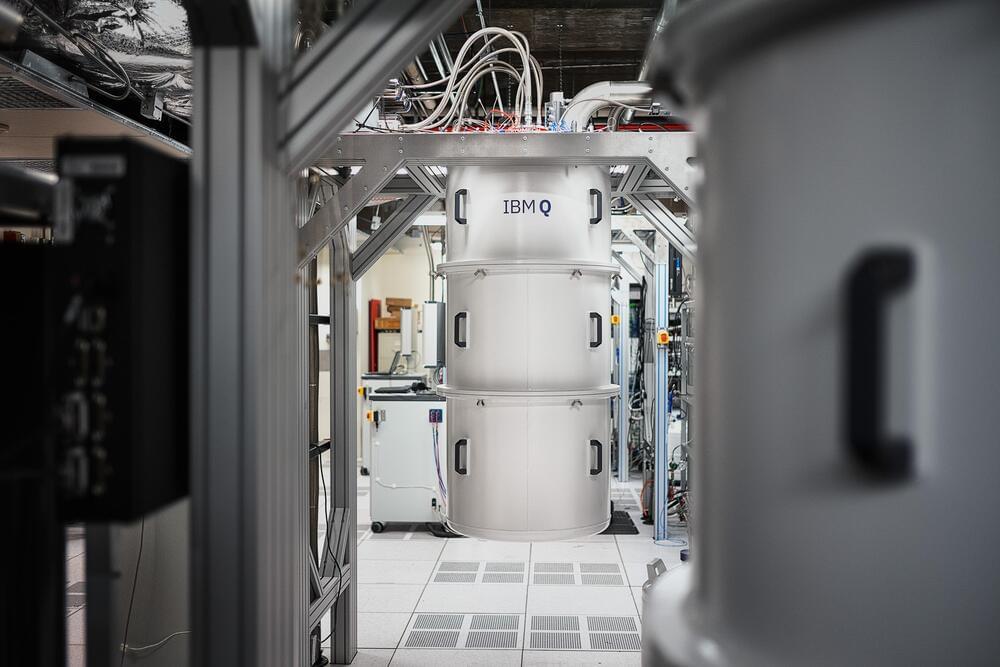
Forty years after it first began to dabble in quantum computing, IBM is ready to expand the technology out of the lab and into more practical applications — like supercomputing! The company has already hit a number of development milestones since it released its previous quantum roadmap in 2020, including the 127-qubit Eagle processor that uses quantum circuits and the Qiskit Runtime API. IBM announced on Wednesday that it plans to further scale its quantum ambitions and has revised the 2020 roadmap with an even loftier goal of operating a 4,000-qubit system by 2025.
Before it sets about building the biggest quantum computer to date, IBM plans release its 433-qubit Osprey chip later this year and migrate the Qiskit Runtime to the cloud in 2023, “bringing a serverless approach into the core quantum software stack,” per Wednesday’s release. Those products will be followed later that year by Condor, a quantum chip IBM is billing as “the world’s first universal quantum processor with over 1,000 qubits.”
This rapid four-fold jump in quantum volume (the number of qubits packed into a processor) will enable users to run increasingly longer quantum circuits, while increasing the processing speed — measured in CLOPS (circuit layer operations per second) — from a maximum of 2,900 OPS to over 10,000. Then it’s just a simple matter of quadrupaling that capacity in the span of less than 24 months.
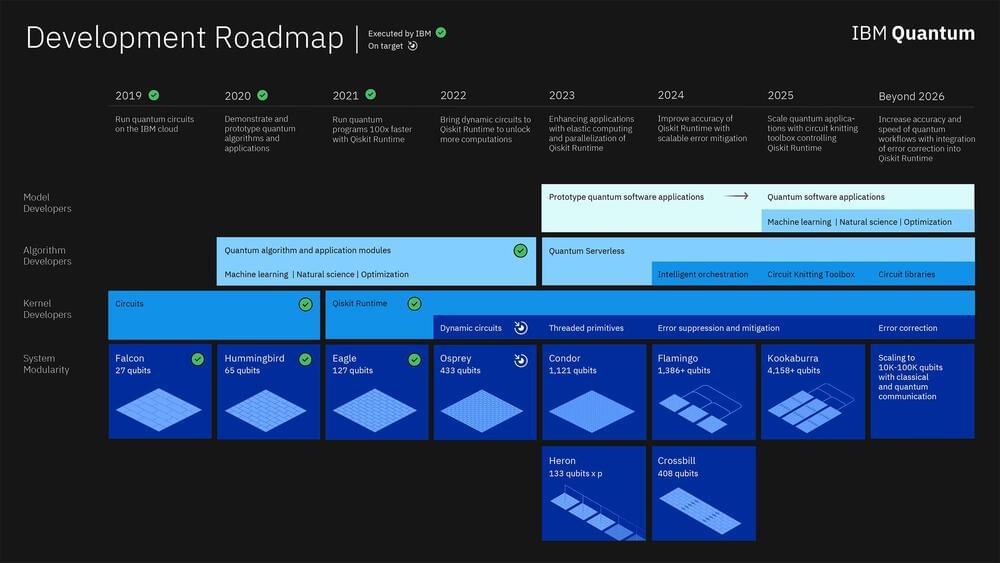
We’re excited to present an update to the IBM Quantum roadmap, and our plan to weave quantum processors, CPUs, and GPUs into a compute fabric capable of solving problems beyond the scope of classical resources.
Two years ago, we issued our first draft of that map to take our first steps: our ambitious three-year plan to develop quantum computing technology, called our development roadmap. Since then, our exploration has revealed new discoveries, gaining us insights that have allowed us to refine that map and travel even further than we’d planned. Today, we’re excited to present to you an update to that map: our plan to weave quantum processors, CPUs, and GPUs into a compute fabric capable of solving problems beyond the scope of classical resources alone.
Our goal is to build quantum-centric supercomputers. The quantum-centric supercomputer will incorporate quantum processors, classical processors, quantum communication networks, and classical networks, all working together to completely transform how we compute. In order to do so, we need to solve the challenge of scaling quantum processors, develop a runtime environment for providing quantum calculations with increased speed and quality, and introduce a serverless programming model to allow quantum and classical processors to work together frictionlessly.
But first: where did this journey begin? We put the first quantum computer on the cloud in 2016, and in 2017, we introduced an open source software development kit for programming these quantum computers, called Qiskit. We debuted the first integrated quantum computer system, called the IBM Quantum System One, in 2019, then in 2020 we released our development roadmap showing how we planned to mature quantum computers into a commercial technology.
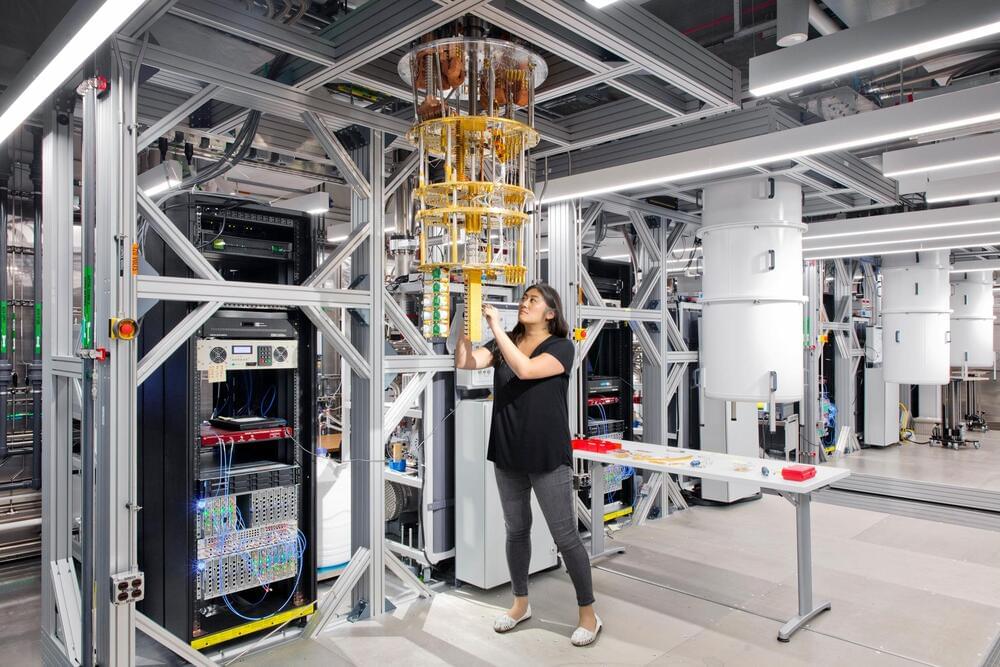
Today’s classical supercomputers can do a lot. But because their calculations are limited to binary states of 0 or 1, they can struggle with enormously complex problems such as natural science simulations. This is where quantum computers, which can represent information as 0, 1, or possibly both at the same time, might have an advantage.
Last year, IBM debuted a 127-qubit computing chip and a structure called the IBM Quantum System Two, intended to house components like the chandelier cryostat, wiring, and electronics for these bigger chips down the line. These developments edged IBM ahead of other big tech companies like Google and Microsoft in the race to build the most powerful quantum computer. Today, the company is laying out its three-year-plan to reach beyond 4,000-qubits by 2025 with a processor it is calling “Kookaburra.” Here’s how it is planning to get there.”
To get to its 2025 goal of a 4,000 qubit plus chip, IBM has micro-milestones it wants to hit on both the hardware and software side.


Simon Portegies Zwart, an astrophysicist at Leiden University in the Netherlands, says more efficient coding is vital for making computing greener. While for mathematician and physicist Loïc Lannelongue, the first step is for computer modellers to become more aware of their environmental impacts, which vary significantly depending on the energy mix of the country hosting the supercomputer. Lannelongue, who is based at the University of Cambridge, UK, has developed Green Algorithms, an online tool that enables researchers to estimate the carbon footprint of their computing projects.

By exchanging a classical material for one with unique quantum properties, scientists have made a superconducting circuit that’s capable of feats long thought to be impossible.
The discovery, made by researchers from Germany, the Netherlands, and the US, overturns a century of thought on the nature of superconducting circuits, and how their currents can be tamed and put to practical use.
Low-waste, high-speed circuits based on the physics of superconductivity present a golden opportunity to take supercomputing technology to a whole new level.